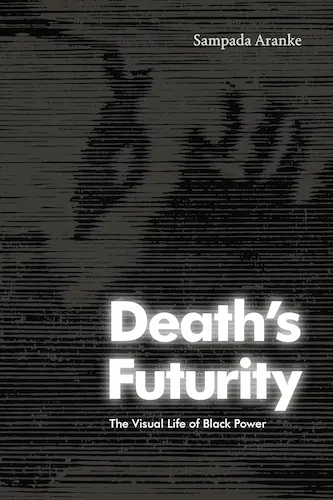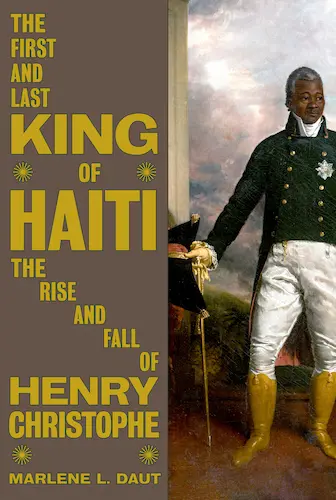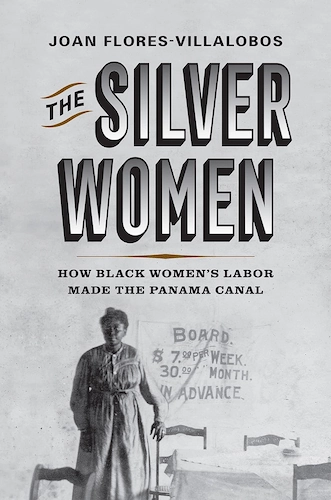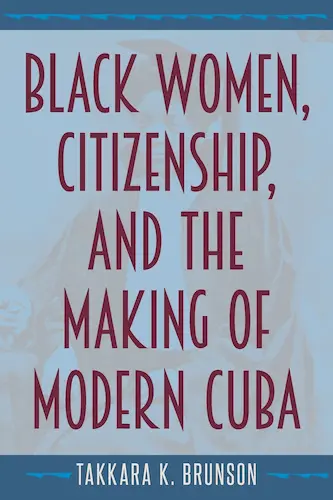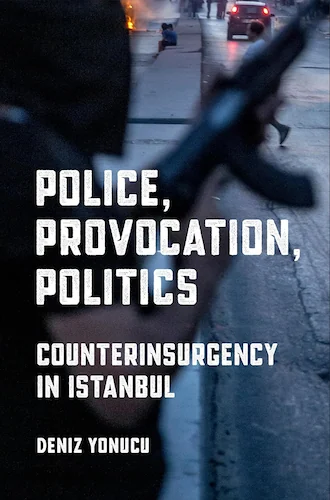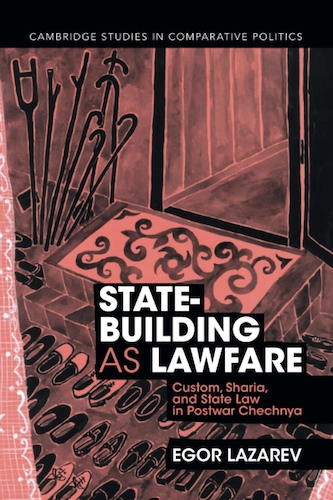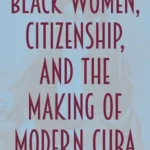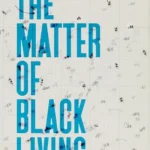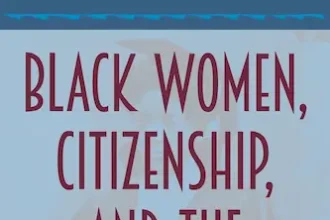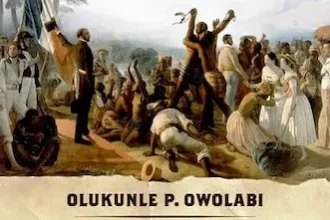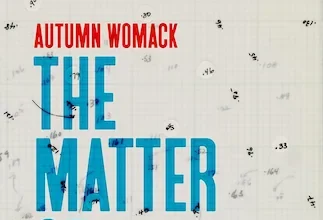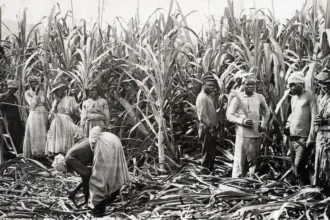Death’s Futurity, winner of the 2024 Modern Language Association William Sanders Scarborough Prize, examines how Black radical movements responded to state violence through visual culture, turning images of Black death into political tools for mobilization.
Focusing on the murders of Bobby Hutton, Fred Hampton, and George Jackson, the book argues that these deaths were not only acts of repression but also catalysts for resistance. Through a detailed analysis of political posters, journalistic media, and documentary films, the author traces how revolutionary imagery was deployed to challenge dominant narratives and assert alternative histories of struggle.
Photographic Fugitivity and the Politics of Black Death
A central argument in the book is the concept of “photographic fugitivity,” which captures the tension between visibility and erasure in representations of Black death. State violence seeks to render Black resistance invisible or criminal, but radical artists and activists countered this through a visual politics that reclaimed these deaths as revolutionary acts.
The Black Panther Party, for instance, used its newspaper and other media to construct a counter-history that defied the state’s attempts to control the narrative. The author examines how images of Hutton, Hampton, and Jackson were reproduced, manipulated, and circulated to maintain their political presence even after their deaths.
The book also addresses the way documentary cinema functioned as a site of resistance. The Murder of Fred Hampton serves as a key case study, illustrating how film was used to document and expose state violence. By juxtaposing footage of Hampton’s activism with evidence of his assassination, the documentary builds a visual argument that refutes official state accounts.
This strategy, the book argues, extends beyond film into political posters, which often depicted Black revolutionaries as martyrs, drawing on both historical and religious iconography to frame their deaths as sacrifices for liberation.
Artistic Intervention and the Absence of Black Death
A particularly striking discussion focuses on George Jackson’s murder in San Quentin Prison. Unlike Hampton and Hutton, Jackson’s death was not widely photographed, leading to a different kind of visual politics. The absence of direct photographic evidence resulted in radical artists reimagining his image, creating speculative and symbolic representations that filled the gaps left by state censorship.
These artistic interventions, the book suggests, resonate with earlier anti-lynching activism, where the refusal to let violence disappear into silence was itself an act of defiance. By linking Black radical deaths to a broader genealogy of resistance, the book highlights the continuity between historical struggles against racial terror and contemporary abolitionist movements.
Beyond its historical analysis, Death’s Futurity engages with broader theoretical questions about the politics of seeing. It interrogates how Black death has been both spectacularized and suppressed, and how radical visual culture has worked to reclaim agency over these representations. The author situates these discussions within debates on race, surveillance, and the prison-industrial complex, making the book not only a historical study but also a critical intervention in contemporary discussions on carceral violence.
This book is an essential contribution to scholarship on Black radicalism, media studies, and abolitionist thought. It provides a nuanced and deeply researched exploration of how images shape political memory and resistance. For those interested in Black radicalism and visual culture, the book is available here.


